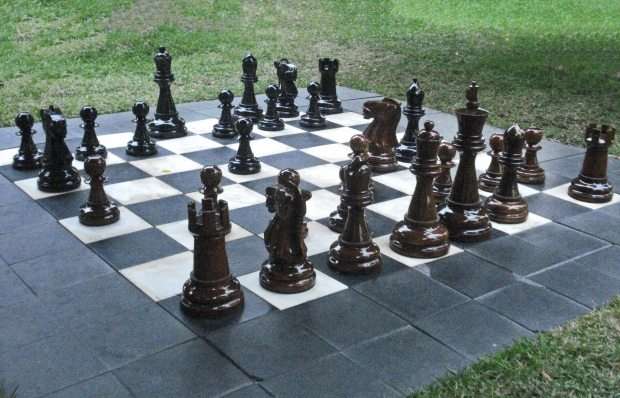Gamification is the use of game mechanics and game design techniques in non-game contexts. Mechanics are the various actions, behaviors and control mechanisms given to the player within a game context.
The mechanics support overall gameplay dynamics. Examples of game mechanics are:
- Improve your score
- Discover something
- Receive a prize
Finally, the main purpose of gamification is to create fun experiences in order to motivate to learn. Gamification can be used in a varity of environments such as:
- Loyalty Programs, where you have to sum points that can be used for a final reward
- Social Media, like Foursquare
- Company productivity plans, where results are shown in a dynamic way
However, application of gamification in corporate training is especially interesting. Gamification has become a frequent term in the e-learning industry due to its huge didactic benefits:
- It creates engagement. Engagement occurs when personal efforts are rewarded and the rewards arouse positive emotions
- It overcomes the natural rejection that humans feel when carrying out boring and repetitive processes. Game elements make more attractive contents and learning
- It motivates employees in the learning process -It enhances memorization and retention. The constant stimulus and rewards holds the students´ attention which enhances content retention.
Gamification is just one of the elements used by Gamelearn in its serious games, soon we will introduce other concepts that will help you to understand the advantages of Gamelearn’s serious games.





